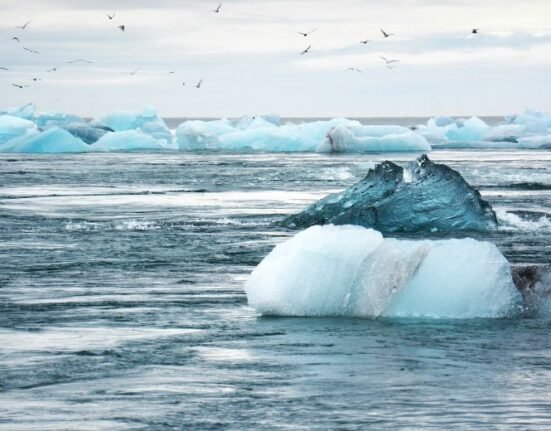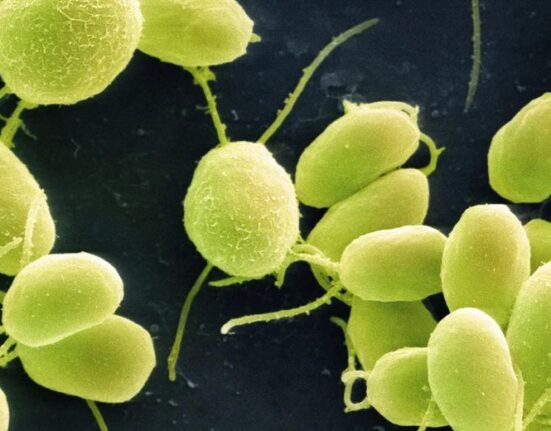HQ Team
October 10, 2022: Scientists have discovered evidence of DNA dating back 1 million years ago in the deep-sea sediments of the Scotia Sea, north of the Antarctic. This will give researchers an insight into the past marine ecosystems and a peek into how the species have evolved through the ages and infer how they will respond to climatic changes in the future.
This DNA is referred to as sedaDNA or sedimentary DNA, which allows one to reconstruct past marine ecosystems. “This comprises by far the oldest authenticated marine sedaDNA to date,” says marine ecologist Linda Armbrecht from the University of Tasmania in Australia.
The study team found the sedaDNA in sediment samples collected 178 metres below the seafloor during a 2019 International Ocean Discovery Program (IODP) expedition.
“The fragments are the oldest authenticated marine sedaDNA discovered to date – and these have been preserved due to factors like very low temperatures and oxygen concentrations and an absence of UV radiation,” said Dr Armbrecht.
“To analyse these fragments, we use a new technique called sedaDNA analysis, which can help us decipher what has lived in the ocean in the past and when, across multiple ice-age cycles.
“With this knowledge, we can better predict how marine life around Antarctica will respond to ongoing climate change,” she said.
Marine ecosystems and SedaDNA
SedaDNA is found in terrestrial caves and subarctic permafrost, which have yielded sedaDNA dating back 400,000 and 650,000 years, respectively.
The team discovered diatoms (single-celled organisms) dating back 540,000 years. The team was able to link diatom abundance to warmer periods – the last of which in the Scotia Sea was around 14,500 years ago. The warmer climate allowed a proliferation of marine life activity across the Antarctica region.
“This is an interesting and important change that is associated with a worldwide and rapid increase in sea levels and massive loss of ice in Antarctica due to natural warming,” says geologist Michael Weber from the University of Bonn in Germany.
The sedaDNA techniques are helpful in reconstructing ecosystems across hundreds of thousands of years. The improved techniques allow scientists to isolate the DNA from modern influences and get an authentic look at the past.
“Antarctica is one of the most vulnerable regions to climate change on Earth, and studying the past and present responses of this polar marine ecosystem to environmental change is a matter of urgency,” write the researchers.
The research is published in Nature Communications.








